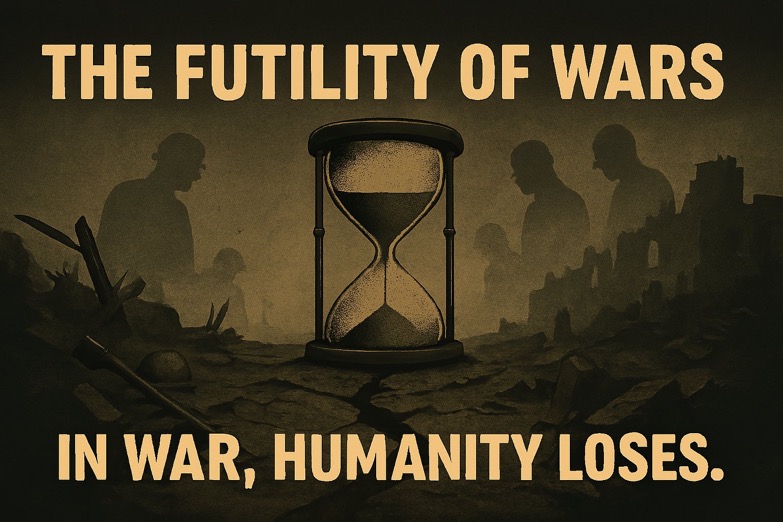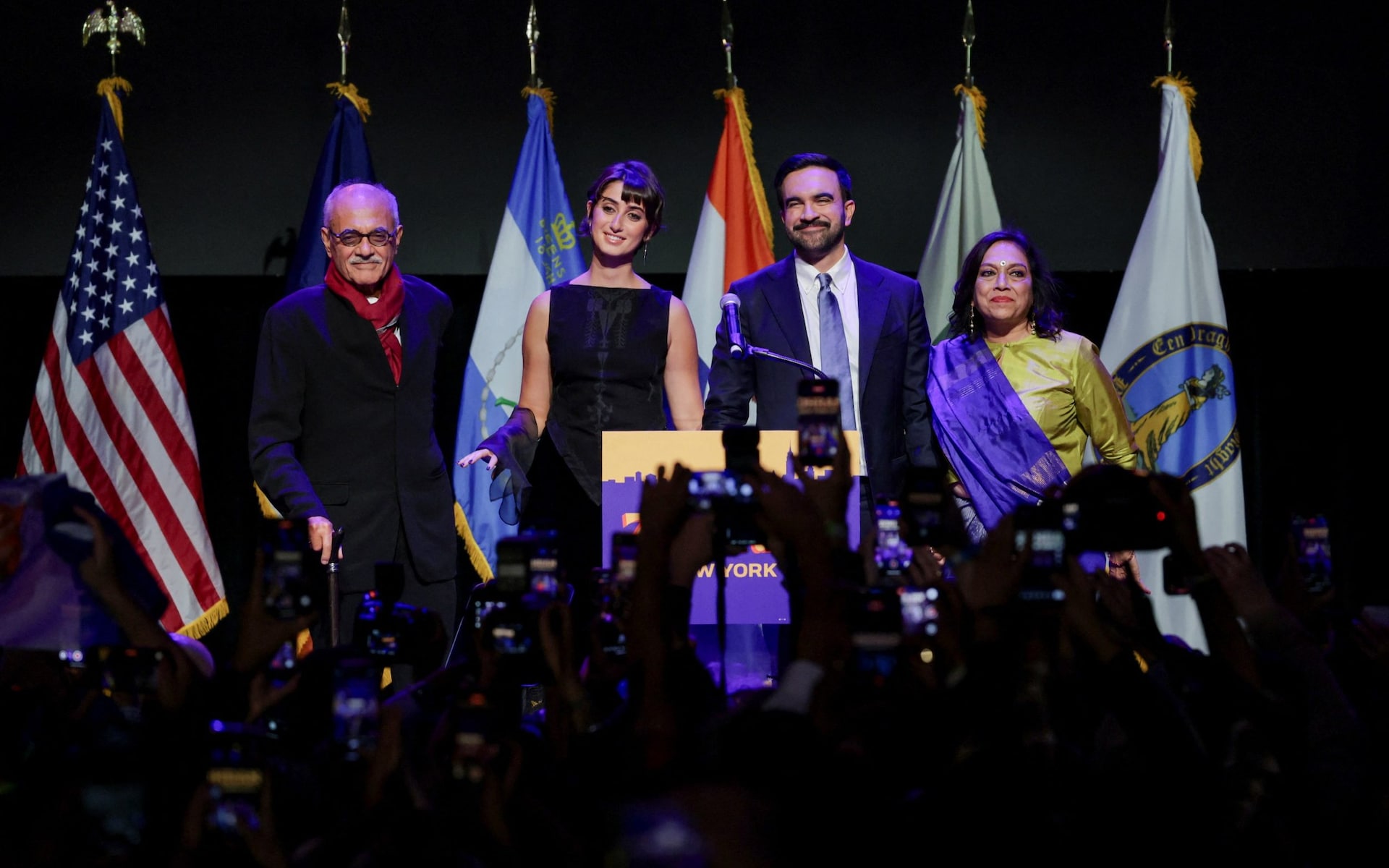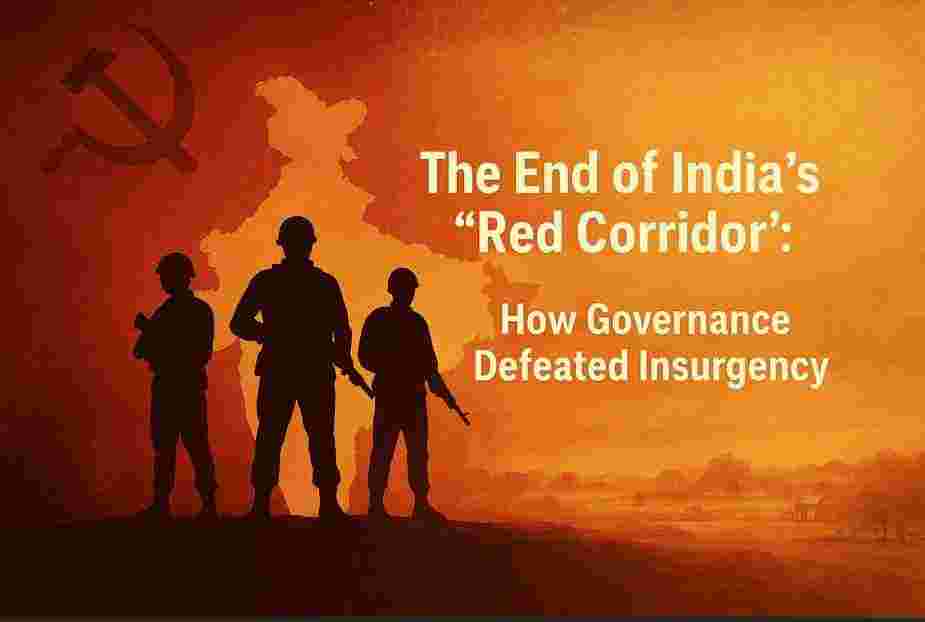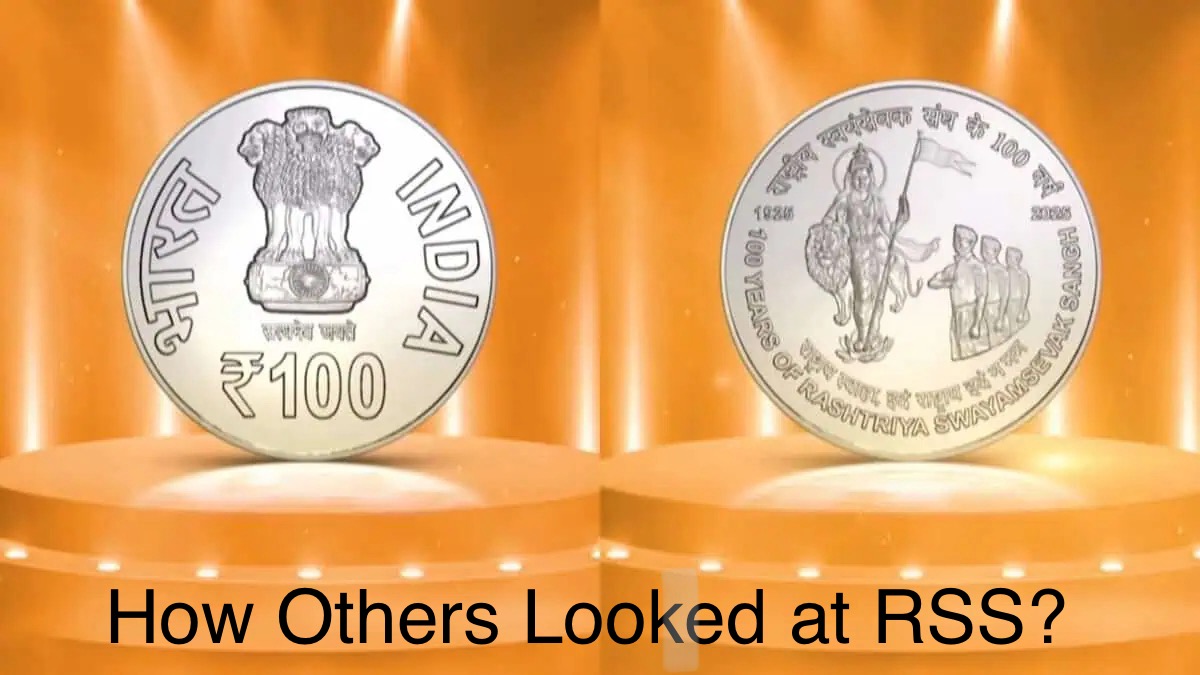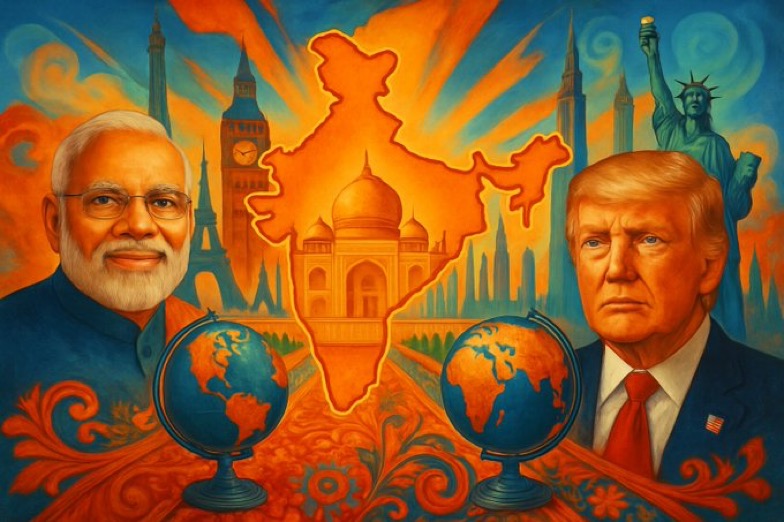
For far too long, global powers particularly the United States have assumed that India can be nudged, bullied, or sweettalked into aligning with their interests. The latest round of pressure from the Trump administration, demanding that India curb its energy ties with Russia, is only the latest reminder of this misplaced arrogance. Let us be very clear: India is not a junior partner in someone else’s geopolitical play. We are a sovereign, civilizational state with strategic interests of our own. We are not here to serve Washington’s agenda certainly not one riddled with hypocrisy, double standards, and transactional opportunism.
The world order is shifting rapidly. What once was a unipolar world dominated by the United States is now clearly evolving into a multipolar one. Yet, Washington continues to operate from a Cold War era mindset. It views international relations through the narrow lens of “with us or against us.” That may have worked in the 1990s. It doesn’t work in 2025.
The Hypocrisy of American Foreign Policy
The core of the problem is this: U.S. foreign policy has always been less about principle and more about power. Its narrative standing up to bullies, defending democracy, and promoting freedom is a convenient cover for actions that have, time and again, undermined those very values. From toppling democratic regimes in Iran (1953), Chile (1973), and beyond, to its military misadventures in Iraq, Libya, and Afghanistan, America’s record is clear. It champions sovereignty when it suits its interests and disregards it when it doesn’t.
And now, America expects India to bend the knee over trade with Russia? This, while the U.S. itself continues to buy Russian uranium and fertilizers. While American companies remain deeply entangled in global supply chains that often originate in adversarial nations. While the Trump administration cozy ups to Pakistan a country whose track record on terrorism is well documented and globally condemned.
This isn’t diplomacy. It’s duplicity.
India’s Leverage Is Real and Growing
What Washington often fails to grasp is that India is not just a country of 1.4 billion people, it is a rising economic, technological, and geopolitical force. India has the fastest growing airline industry today that has close to 500 aircrafts on Boeing’s order books. We have over 200 GE 404 & 414 engines on order with GE Aerospace. India supplies nearly 40 to 50% of the U.S.’s generic drugs. In sectors ranging from IT services to semiconductors, defense, and clean energy, India is becoming indispensable. Global Capability Centers (GCCs) of the world’s biggest tech firms operate from Indian cities. Aerospace giants, chipmakers, data infrastructure, India is embedded into the fabric of the global economy.
If pushed too far, India can and will respond with its own set of levers.. Our pharmaceutical industry alone can shake the foundations of American healthcare. Our IT and data capabilities power some of the largest corporations in Silicon Valley. And our expanding bilateral ties with Europe, the Gulf, ASEAN, and BRICS nations allow us to recalibrate our dependencies.
India is not beholden to any single partner. And certainly not to one that seeks to coerce rather than collaborate.
Strategic Autonomy Is Not Weakness
There’s a common misconception in the West especially within Washington’s policy circles that India’s refusal to take sides is a sign of hesitancy or indecision. That couldn’t be further from the truth. India’s neutrality is a deliberate, strategic choice. It is the product of careful calculation, not ideological confusion.
We are not aligned because we have no need to be. Our interests are not bound to any one bloc or alliance. We will partner where our interests align be it with the U.S., Russia, Israel, the UAE, France, Japan, or others and we will chart our own course where they don’t.
India will not be lectured into submission by any power, especially one that continues to maintain friendly ties with our adversaries. The United States, under both Republican and Democratic regimes, has historically backed Pakistan, turned a blind eye to its support for terror networks, and now seems willing to legitimize its influence once again for short term gains. And yet, India is expected to treat American concerns as sacrosanct?
That is not how equals engage.
India is Not the India of the Past
This is not the India of the 1990s, dependent on IMF bailouts and foreign handouts. Nor is it the hesitant India of the early 2000s, unsure of its place in the world. Today, India is the fifth largest economy, with a booming startup ecosystem, a young and skilled workforce, worldclass R&D, and the geopolitical maturity to match.
We have been prudent in our diplomacy, measured in our responses, and firm in our priorities. India’s external affairs establishment once conservative and cautious is now assertive and proactive. We have signed over 300 bilateral trade agreements in the past few years. We are negotiating strategic tech partnerships with Taiwan, Australia, the UK, and the EU. We have welcomed global universities, expanded our manufacturing capabilities, and launched our own semiconductor ambitions.
This is a confident India. And confident nations don’t take orders they negotiate terms.
The Way Forward: Engage, Don’t Appease
We understand the importance of maintaining ties with the United States. It is still the world’s largest economy, a tech powerhouse, and a vital defense partner. But that relationship must be one of mutual respect, not of hierarchy. It cannot be built on transactional ultimatums or public browbeating.
India should continue to engage with Washington at the negotiating table, not through social media soundbites. We should push for fair trade, demand reciprocity in defense and tech partnerships, and protect our national interest without apology. We should deepen our alliances where it benefits us and stand firm when it doesn’t.
There will be pressure. There will be attempts to isolate, shame, or sanction. But we must remember: nothing great was ever achieved by caving in to coercion.
Conclusion: The Time to Assert Is Now
We are at an inflection point in world history. The old order is breaking. The new one is being shaped not by war, but by strategy, resilience, and self belief.
India has all three. We have the capacity to lead, to influence, and to chart our own path. But leadership begins with selfrespect. And there is no room for selfrespect if we continue to act like a second tier player at the global table.
So let this be clear to anyone watching: India is not America’s project. We are not anyone’s pawn. We will decide whom we partner with, what we buy, and how we negotiate. And we will do so from a position of strength not fear.
The age of strategic subservience is over.

